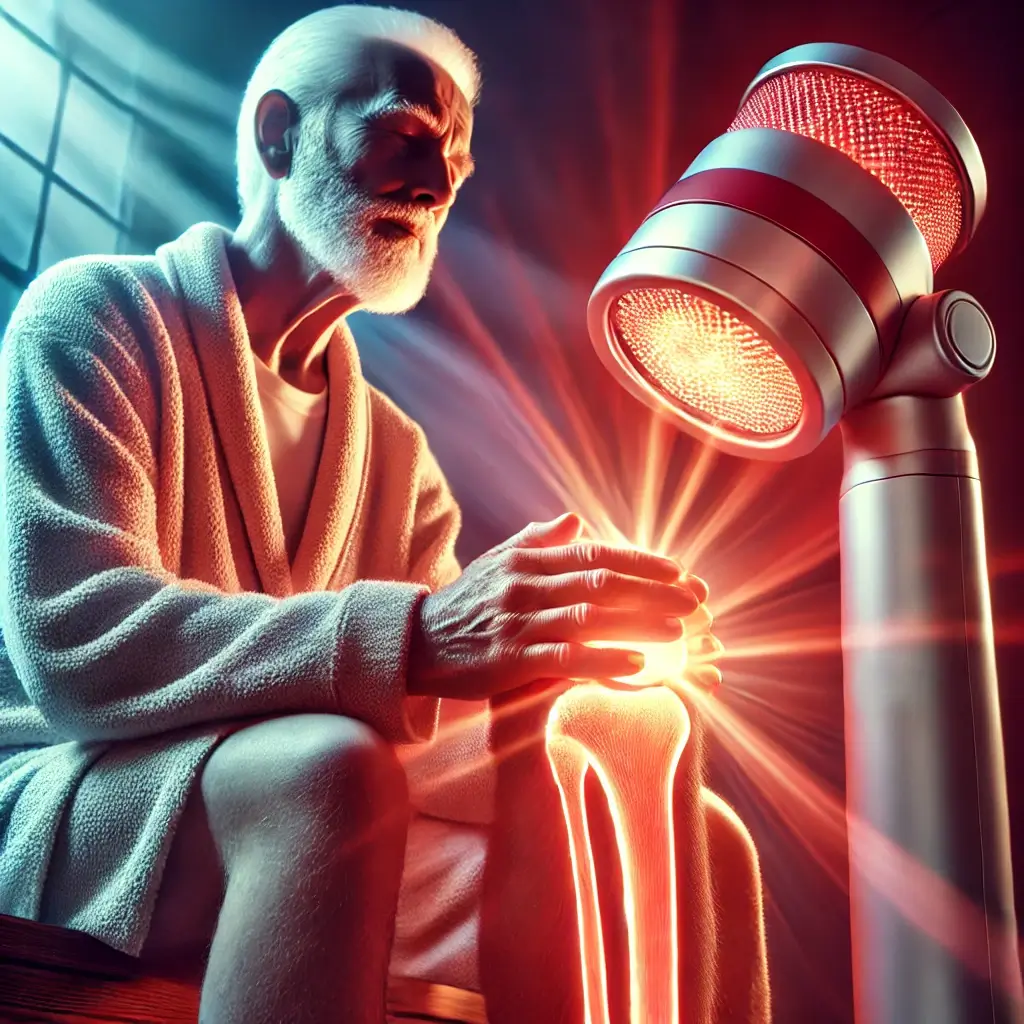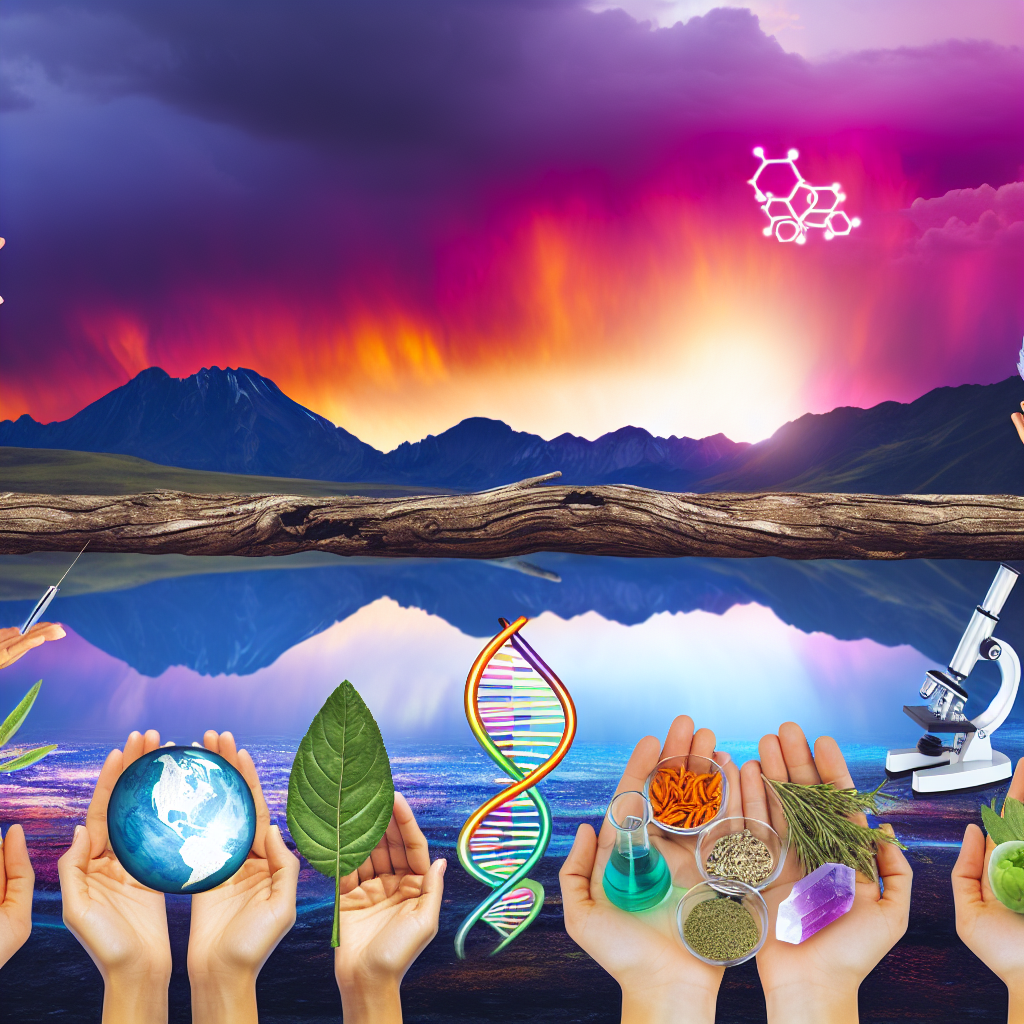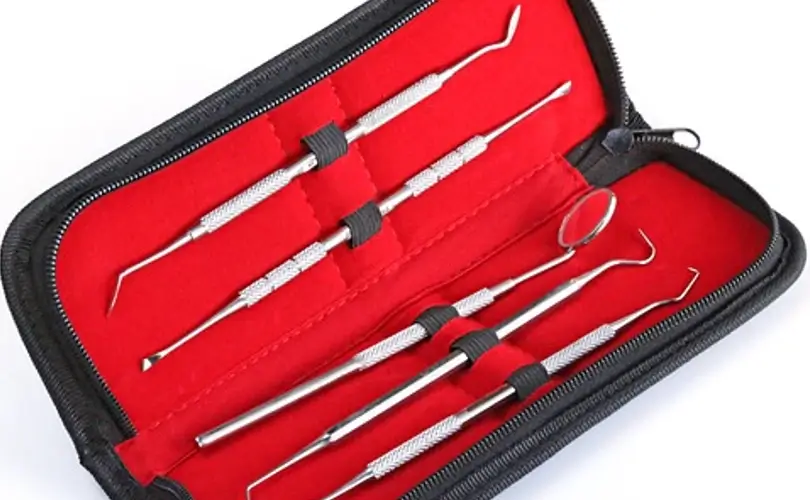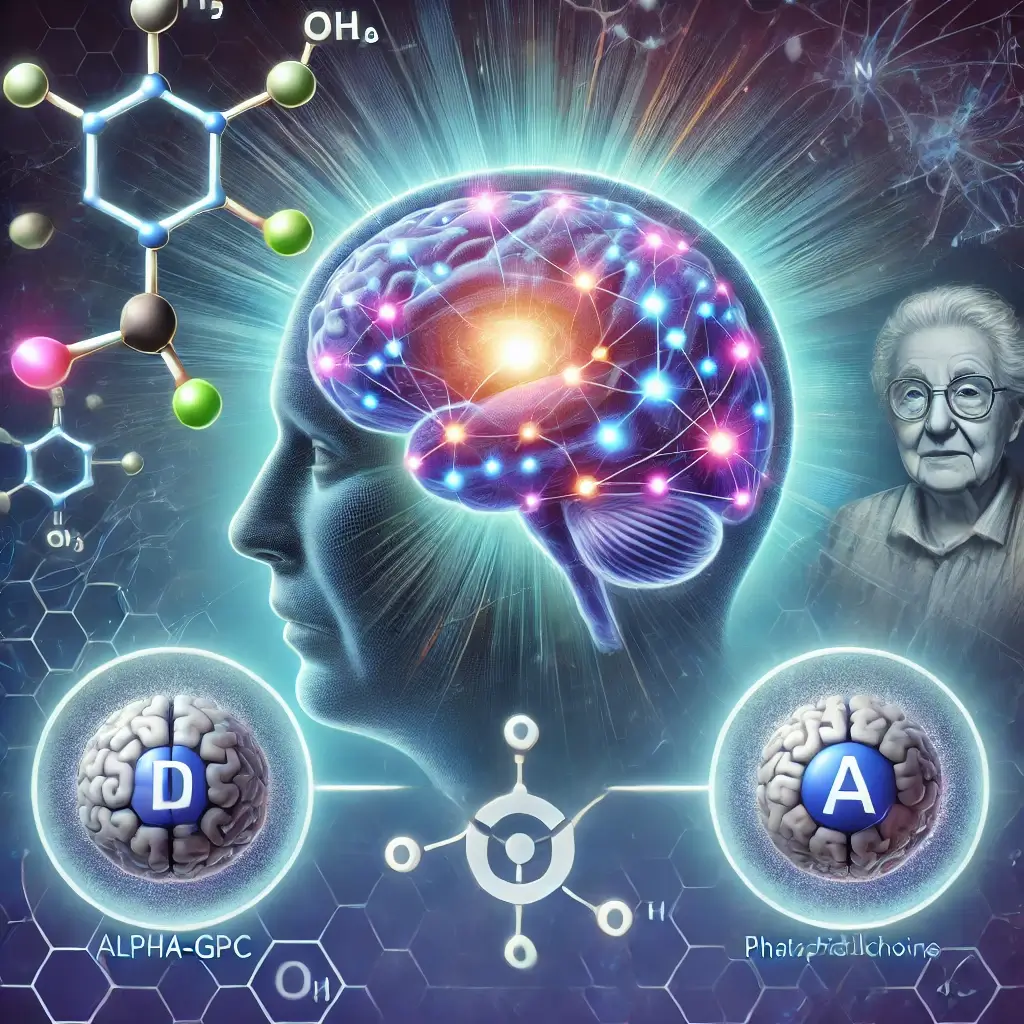Introduction to Red Light Therapy for Joint Health
Aging often brings about various joint-related challenges, from stiffness to chronic inflammation, that significantly impair mobility and quality of life. These issues demand innovative, non-invasive, and effective therapeutic solutions to alleviate pain and promote joint health. One such promising intervention is Red Light Therapy (RLT), also referred to as photobiomodulation. By employing specific wavelengths of red and near-infrared light, RLT has demonstrated significant potential in reducing inflammation and enhancing cellular repair mechanisms, and boosting energy production at the cellular level. As the aging population grows, the spotlight on this therapy’s potential to address joint degeneration continues to expand.
Understanding Red Light Therapy Wavelengths
RLT operates within a specific wavelength range, typically between 630 and 850 nm, to penetrate tissues and influence biological processes. This technique’s ability to restore cellular energy production—which naturally declines with age—makes it an invaluable tool in mitigating age-related joint issues. Moreover, its non-invasive nature and minimal side effects position it as a safe and accessible alternative to conventional interventions such as medications and surgeries. This article explores the scientific underpinnings, clinical applications, and real-world benefits of RLT for aging joint health, backed by contemporary research and clinical findings.
Economic Benefits and Accessibility
Furthermore, the economic burden of treating age-related joint conditions often necessitates cost-effective solutions that can be safely administered in various settings, including at home. RLT devices are now available in professional and consumer-grade versions, providing flexibility and convenience. This therapy’s expanding accessibility underscores its growing reputation as a revolutionary approach to managing joint health.
Medical Research and Current Events
Research underscores the importance of wavelength precision in RLT. For instance, wavelengths between 630 and 670 nm are ideal for addressing superficial tissues, while 810 to 850 nm can penetrate deeper joint structures, making it suitable for osteoarthritis and degenerative joint conditions. Studies indicate that this precision enables targeted treatment of affected areas without impacting surrounding healthy tissues (Chen et al., 2022).
Latest Research Findings
A pivotal 2023 study by Adams et al. in Photomedicine and Laser Surgery revealed that targeted red and near-infrared light significantly reduced inflammatory markers and promoted collagen synthesis in aging joints. These findings highlight the dual benefits of reducing inflammation while enhancing structural integrity (Adams et al., 2023).
Cellular Benefits and Tissue Repair
Enhanced mitochondrial function is a key outcome of RLT. According to Chen et al. (2022), improved cellular energy production directly supports tissue repair and reduces oxidative stress, both of which are critical in aging joints. This mechanism not only aids in recovery but also slows the progression of degenerative conditions, offering a sustainable solution for long-term joint health.
Collagen Production and Joint Elasticity
Additional studies have demonstrated the role of RLT in stimulating fibroblast activity, which is essential for collagen production and the maintenance of joint elasticity. This effect is particularly valuable for elderly individuals experiencing stiffness due to collagen depletion.
Clinical Implementation and Technology
Clinics worldwide are increasingly adopting RLT devices ranging from professional-grade panels to home-use options. Advances in device technology have expanded the therapeutic potential for multi-joint treatment, ensuring wider accessibility and efficacy. For example, newer devices feature adjustable power settings and built-in safety mechanisms, allowing tailored treatments for individual needs (Wilson et al., 2021).
Treatment Protocols and Guidelines
Optimal RLT protocols often involve three to five weekly sessions, each lasting 5–15 minutes, depending on the joint’s condition and target tissue depth. Clinicians emphasize adherence to precise power densities—ranging from 20 to 100 mW/cm²—to maximize efficacy without adverse effects. Thompson et al. (2023) suggest that combining RLT with complementary therapies and targeted exercise programs can further enhance outcomes.
Future Implications and Potential
As a groundbreaking non-invasive therapy, RLT provides a new avenue for addressing the joint health challenges that accompany aging. By harnessing precise wavelengths of red and near-infrared light, this technique promotes natural healing processes and offers a safe alternative to traditional joint pain treatments. With continued advancements in photobiology research and device innovation, RLT is poised to play a pivotal role in geriatric care for decades to come. For individuals and clinicians seeking effective and accessible joint health solutions, RLT stands out as a beacon of hope.
Integration and Accessibility
Moreover, its integration into both clinical and home care settings makes it a versatile option for diverse patient populations. As research into its mechanisms and applications continues to evolve, RLT holds the potential to redefine the standard of care for aging joints, ensuring improved mobility, reduced pain, and a higher quality of life for aging populations worldwide.
References
Adams, J. L., et al. (2023). Photobiomodulation in aging joint health: A systematic review. Photomedicine and Laser Surgery, 41(2), 89-102.
Chen, Y. T., et al. (2022). Wavelength-specific effects of red light therapy on joint tissue: Molecular mechanisms and clinical outcomes. Journal of Inflammation Research, 15, 1245-1260.
Thompson, R. K., et al. (2023). Clinical applications of photobiomodulation in geriatric joint care. Aging Clinical and Experimental Research, 35(4), 421-436.
Wilson, M. B., et al. (2021). Safety and efficacy of red light therapy in elderly populations: A comprehensive review. Clinical Interventions in Aging, 16, 458-472.

Dominic E. is a passionate filmmaker navigating the exciting intersection of art and science. By day, he delves into the complexities of the human body as a full-time medical writer, meticulously translating intricate medical concepts into accessible and engaging narratives. By night, he explores the boundless realm of cinematic storytelling, crafting narratives that evoke emotion and challenge perspectives.
Film Student and Full-time Medical Writer for ContentVendor.com




